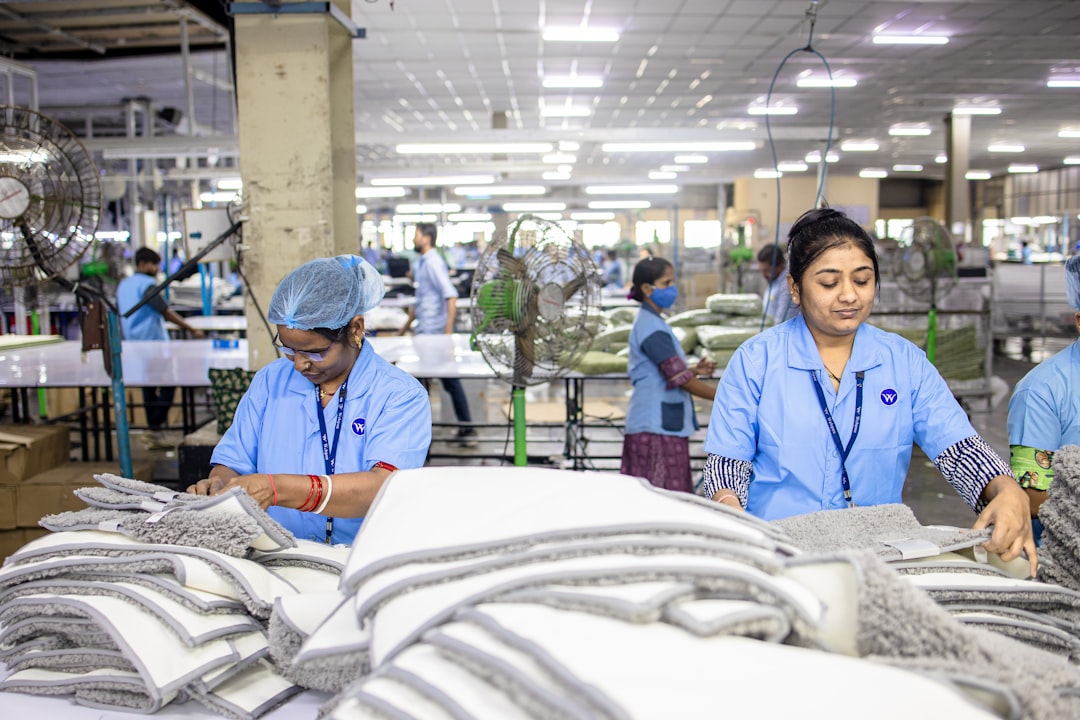No products in the cart.
India’s Workforce Growth: A New Era of Opportunities
India's workforce is evolving, with 17 crore new jobs and a notable rise in women's participation. Explore the implications for the future.
Mumbai, India — India’s job market is witnessing a seismic shift with the addition of 17 crore new jobs, a figure that signifies not just growth but a transformative change in the workforce landscape. This surge is accompanied by a notable increase in women’s participation, reshaping the dynamics of employment across sectors.
Recent reports indicate that the Indian economy is on track to add approximately 17 million jobs annually over the next five years, driven by sectors such as technology, healthcare, and renewable energy. The Indian government has implemented various initiatives aimed at fostering job creation, including the Make in India program and the Skill India initiative, which have been pivotal in enhancing employability and skill development.

However, the most striking aspect of this growth is the surge in women’s participation in the workforce. According to the World Economic Forum, women’s labor force participation in India has increased from 26% in 2020 to nearly 30% in 2025, a noteworthy improvement that reflects changing societal attitudes and enhanced opportunities for women in the professional realm.
Understanding the factors contributing to this growth requires a closer examination of the Indian economy and its unique characteristics. Unlike many Western nations, where job growth is often tied to technological advancement and automation, India’s expansion is primarily fueled by demographic trends and government policy. The country boasts a youthful population, with over 50% under the age of 25, which provides a robust labor pool ready to enter the workforce.
Moreover, the Indian government has made substantial investments in education and vocational training, aiming to equip this young workforce with the necessary skills to thrive in a competitive job market.
Moreover, the Indian government has made substantial investments in education and vocational training, aiming to equip this young workforce with the necessary skills to thrive in a competitive job market. The introduction of programs such as the National Apprenticeship Promotion Scheme (NAPS) has also been instrumental in bridging the gap between education and employment, allowing young individuals to gain practical experience while pursuing their studies.
Despite these positive trends, challenges remain. The informal sector still employs a significant portion of the workforce, with nearly 80% of jobs classified as informal. This situation poses risks in terms of job security, wages, and benefits, leaving many workers vulnerable. Furthermore, while women’s participation has seen an uptick, the struggle for gender parity persists, with women often facing barriers such as discrimination and a lack of flexible work arrangements.
Employers are beginning to recognize the value of diversity in the workplace, with companies like Tata Consultancy Services (TCS) and Infosys actively promoting gender equality initiatives. These organizations have implemented policies that not only encourage the hiring of women but also support their career advancement through mentorship programs and leadership training. Such efforts are crucial in fostering an inclusive environment where women can thrive.
Looking ahead, the future of India’s workforce appears promising. The country is poised to become a global hub for talent, attracting multinational corporations seeking skilled labor. The ongoing digital transformation is expected to create new job categories and opportunities, particularly in the fields of data science, artificial intelligence, and cybersecurity. As India continues to innovate and adapt to global trends, it is likely to see further growth in emerging sectors.
Moreover, the rise of the gig economy is reshaping traditional employment structures. With platforms like Swiggy and Zomato gaining traction, more individuals are opting for flexible work arrangements that allow them to balance personal and professional commitments. This shift not only empowers workers but also reflects changing attitudes towards work-life balance, particularly among younger generations.
These organizations have implemented policies that not only encourage the hiring of women but also support their career advancement through mentorship programs and leadership training.
In conclusion, India’s workforce growth is not merely a statistic; it represents a fundamental shift in how work is perceived and executed. The integration of women into the labor market, combined with the government’s proactive approach to job creation and skill development, positions India as a leader in the global economy. As the nation navigates these changes, the focus on sustainable growth and inclusive practices will be key in shaping a future where every individual has the opportunity to contribute and succeed.











